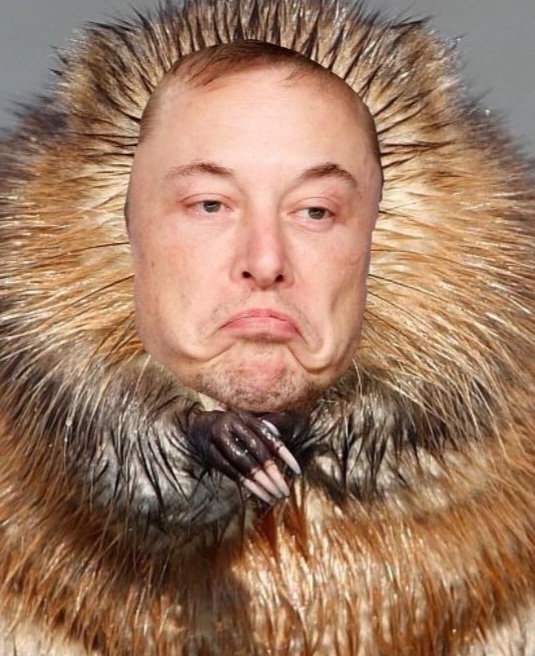Do the prints slowly release microplastics into the water that kill the urchins?
If they used PLA(made of cornstarch) which is common for fdm 3d printing then theres no threat of microplastics from what ive read. it is biodegradable, but very slowly.
Makes sense. People that are serious about fish tanks don’t mess around
Especially saltwater, that shits expensive
I doubt it’s 100% cornsarch. I work in the plastics industry and there’s all sorts of travesties going on. We also have a line of cornstarch-made products, but they’re all scams when it comes to “recycling” and “being biodegradable”.
There’s definitely plastic in it.
Polylactic acid is made via condensation of lactic acid, which can be made entirely from corn. It’s still plastic, but just made from renewable sources. It’s pretty recyclable and can be industrially composted, but in normal conditions it lasts as long as any other plastic.
I don’t know what you are doing in the plastics industry, but it seems that you don’t understand what words “biodegradable” and “plastic” mean.
PLA is biodegradable. Just only under industrial conposter conditions so yeah still a problem.
But a plastic is just a chain of polymers, it makes it difficult but not impossible to biodegradability depending on chemical and structure. Almost all plastics don’t but some do
From what I’ve read PLA is only biodegradable under very specific conditions. I looked into it and you have to send it to a recycling center designed for PLA and its expensive to do so. I would assume microplastics would still be present too. Even though it can be sourced from plant matter its still plastic.
PLA is digestible, it doesn’t pose a microplastic threat. If it gets into you, it’ll become a part of your poop.
About the same level of concern that feeding your dog dry food is. If not even smaller.
But how can I push an agenda if it doesn’t?
ah yes the horrible agenda of “hey can we maybe not add even more microplastics to our environment?”
Probably a lot less than what’s in the ocean!
There’s something terrifying about a sea urchin wearing a hat slowly approaching you.
At any point in time there is an urchin getting closer to you
But it’s distance to you is not monotonic so it’s alllll goooood.
Scale it up and it’s a Dark Souls boss
Covetous demon inspiration finally revealed
YEEEEE AWWWWW
In Stardew Valley, you can put hats on sea urchins if you put them in an aquarium.
M’urchin







